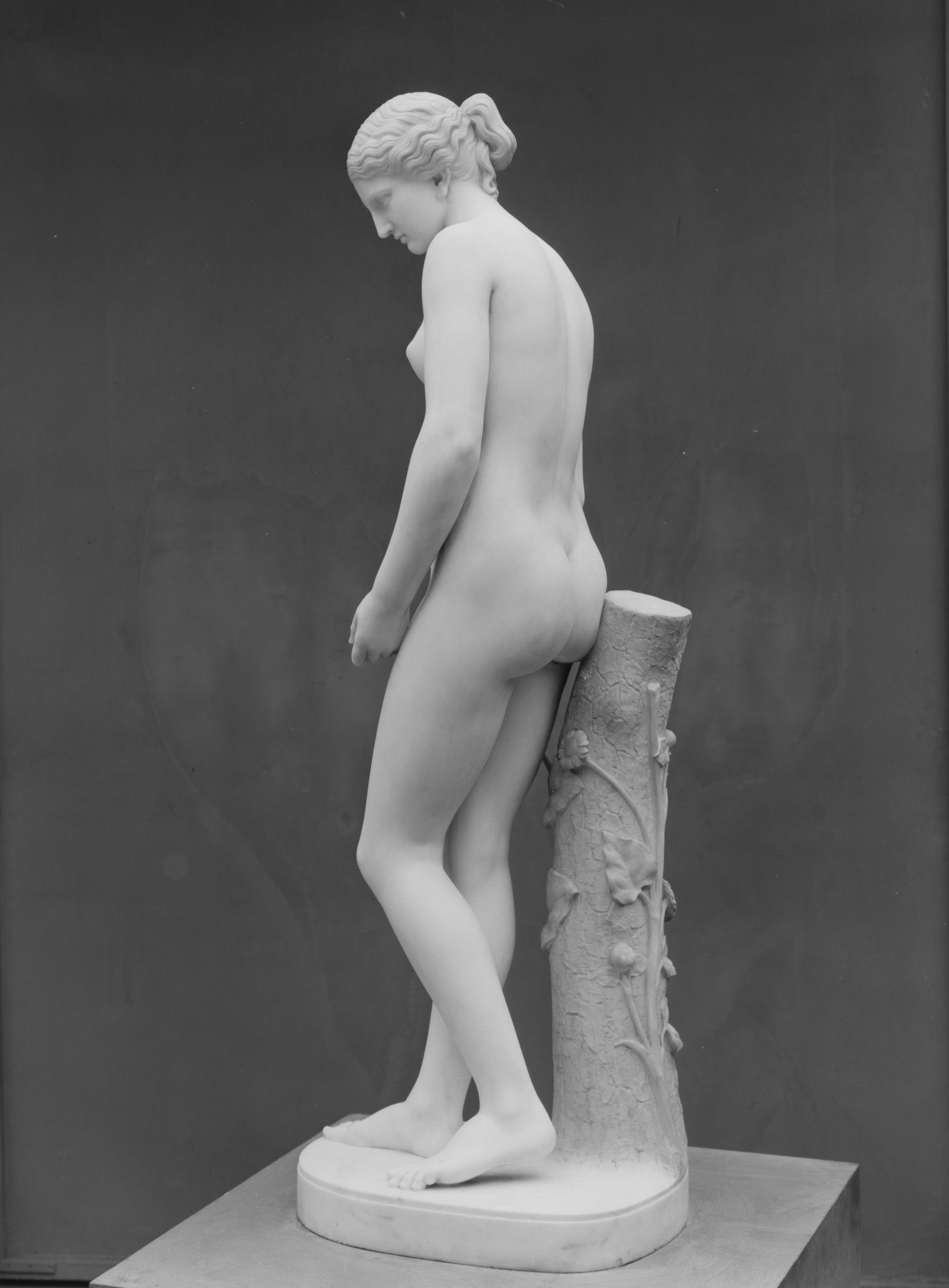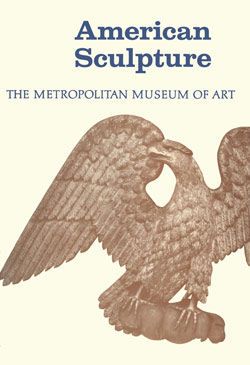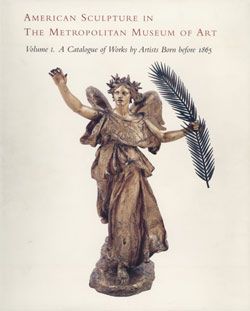Clytie
William Henry Rinehart American
American Neoclassical sculptors frequently mined classical mythology for thematic inspiration. In book 4 of the “Metamorphoses,” the Roman poet Ovid tells the story of Clytie, a water nymph who was abandoned by Apollo, the sun god. Clytie gazed inconsolably at the sun for nine days, languishing nude, without food or drink. For her constancy, she was changed into a sunflower so that her face would forever follow the sun as it moved across the sky. Rinehart subtly evoked Ovid’s story by depicting a drooping sunflower in Clytie’s right hand. The tree stump with live sunflower plants serves both to enhance the narrative and to offer tensile support for the marble figure.
This image cannot be enlarged, viewed at full screen, or downloaded.
This artwork is meant to be viewed from right to left. Scroll left to view more.






